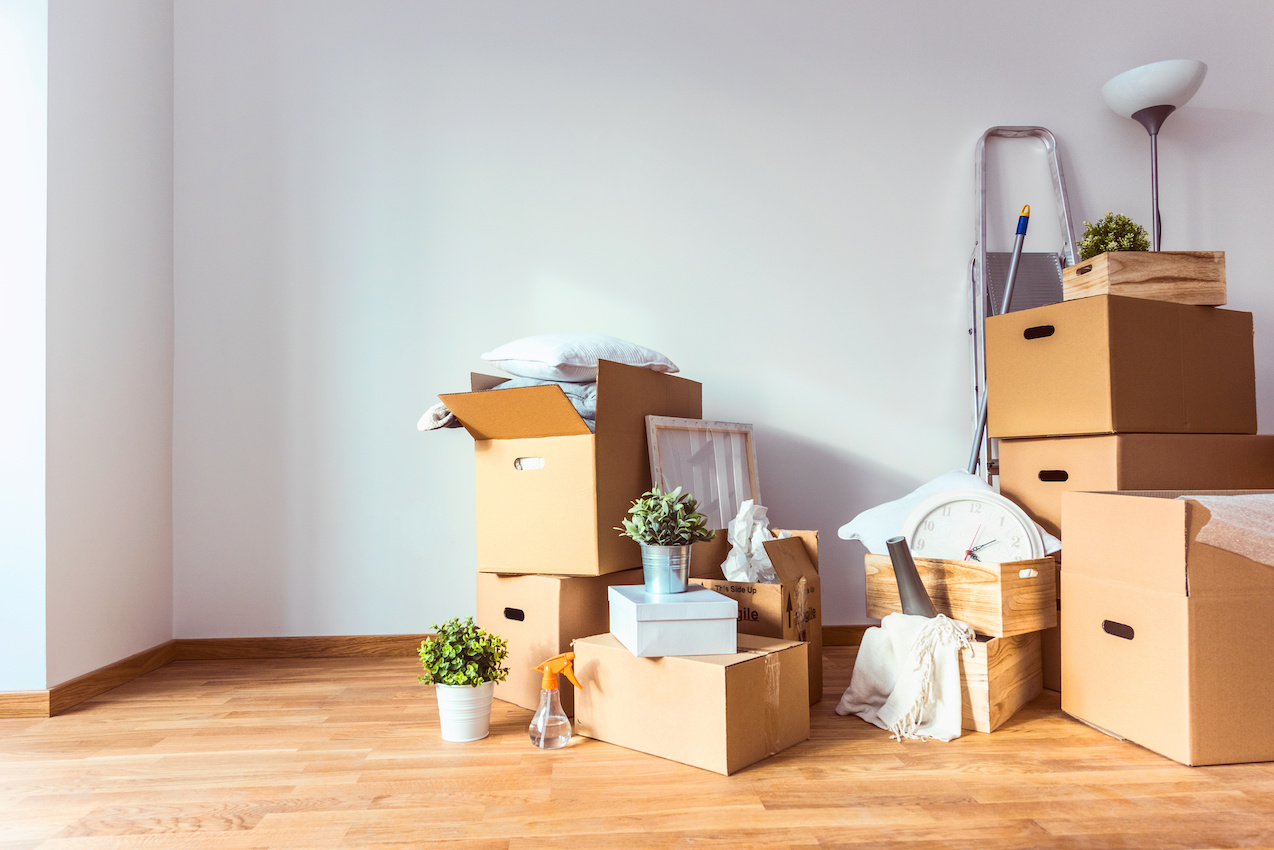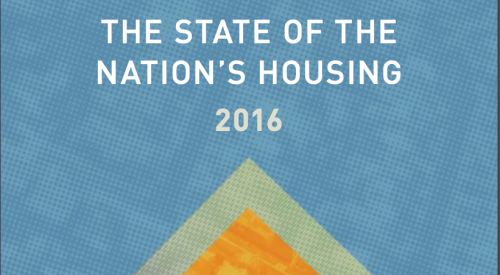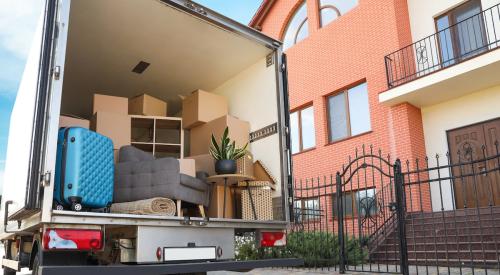If Americans continued to form households at the same rate as 2006, there would be 5.7 million additional households today. But Americans from all walks of life are seeing declines in household formation rates, a result of the struggle to access affordable housing during the last decade, according to Zillow. The Great Recession rocked the economy, which fuels uncertainty and fears of starting a household. But in 2019, household formation rates seemed to begin leveling off and even reversing. Then the pandemic hit.
The simplest explanation for why household formation fell much more quickly over the past decade or so is that for much of that time, Americans faced a handful of unique financial challenges. First, massive amounts of savings and equity were lost in the 2008 financial collapse and subsequent foreclosure crisis, impacting the ability of both older generations to retire and younger ones to shield their children from substantial college debt.
At the same time, job opportunities and incomes fell precipitously from 2007-2011, which has long-lasting effects on individuals’ ability and confidence to start a new household. And finally, at points during the recovery (notably from 2015-2017), rapid growth in home prices widely outpaced income growth over the same period, making it difficult to save for a down payment or the often substantial upfront costs of renting. Either way, would-be household heads of virtually all ages remained entangled with other family or roommates instead of creating a household of their own.













